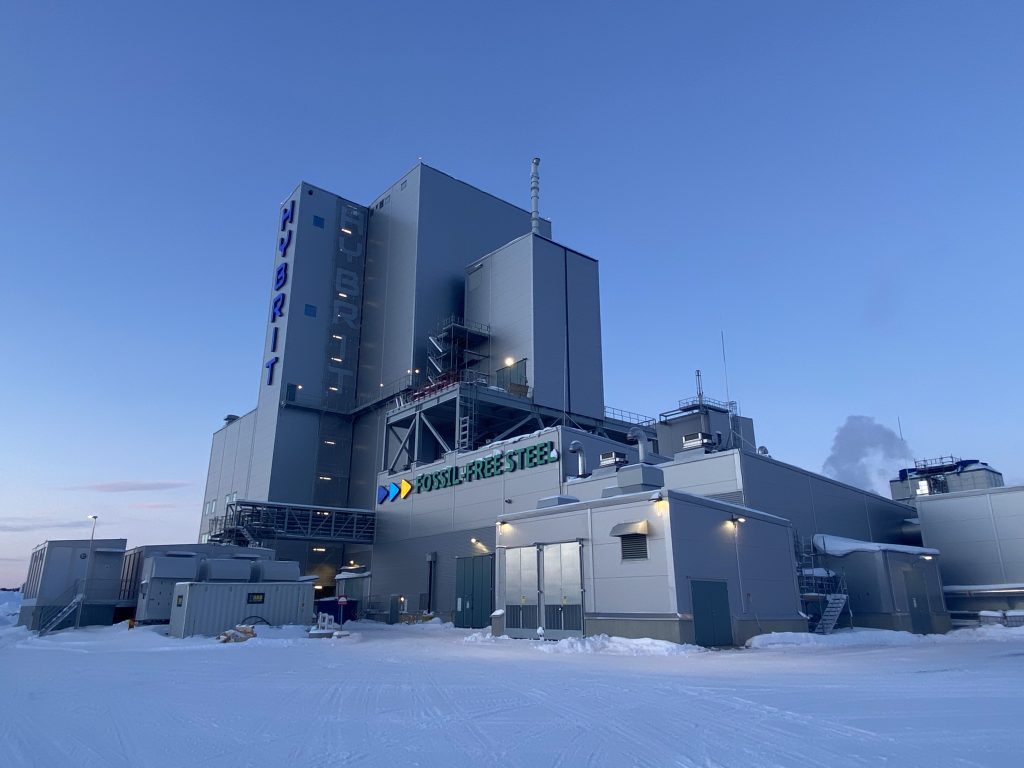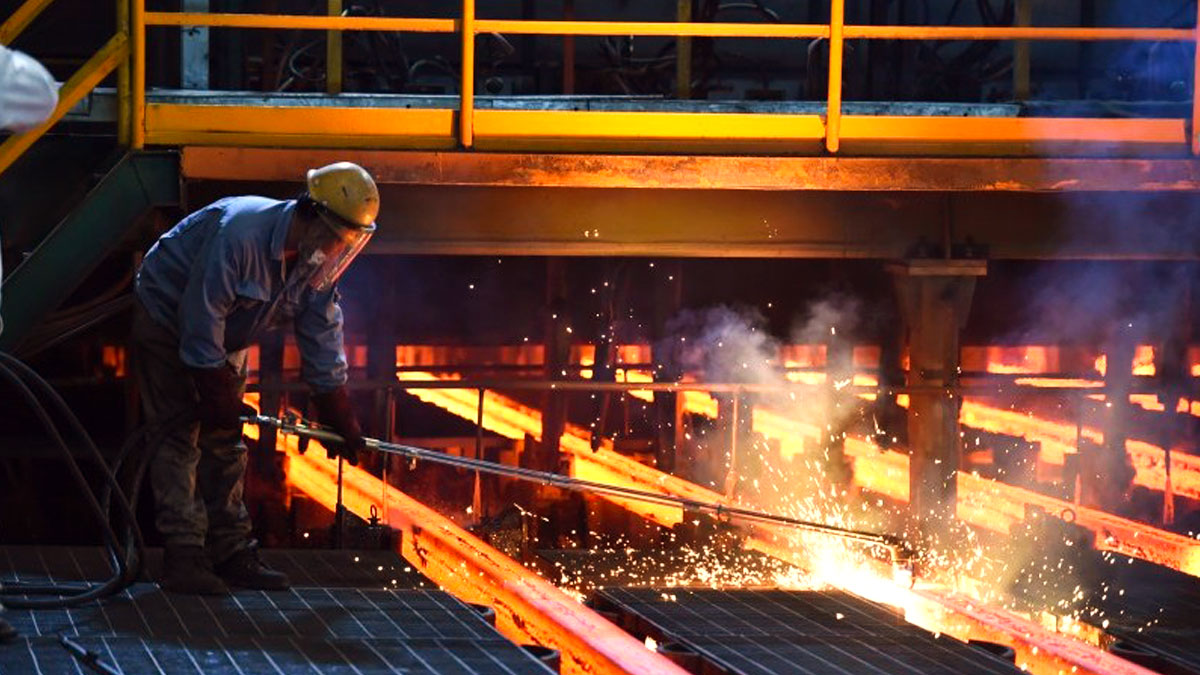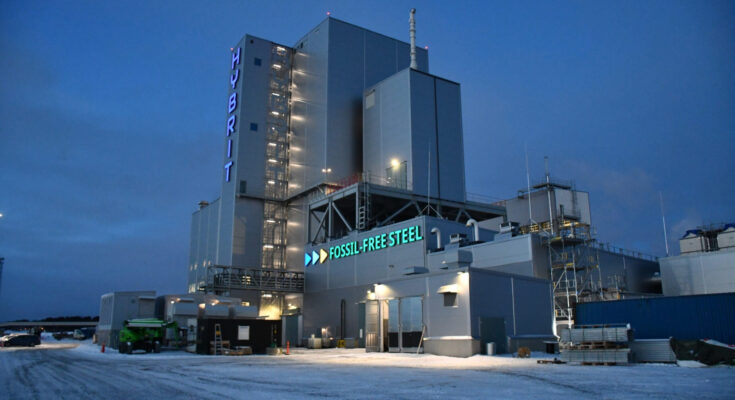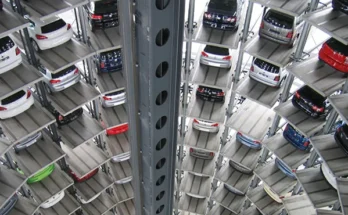In 2021, a quiet revolution took place in northern Sweden—one that could fundamentally reshape one of the world’s most polluting industries. A collaborative initiative known as HYBRIT (Hydrogen Breakthrough Ironmaking Technology), led by SSAB (a leading steel manufacturer), Vattenfall (a state-owned energy company), and LKAB (Europe’s largest iron ore producer), successfully delivered the world’s first fossil-free steel.

This historic achievement wasn’t just a technological milestone—it represented a critical turning point for an industry that currently contributes about 8% of global carbon dioxide emissions. Traditional steelmaking, reliant on coal-based blast furnaces, is one of the most carbon-intensive industrial processes on the planet. But HYBRIT’s innovation aims to change that, replacing coal with green hydrogen and fossil-free electricity in the production process.

The HYBRIT process works by using hydrogen—produced via electrolysis powered by renewable energy—instead of coking coal to remove oxygen from iron ore. The result? Instead of emitting carbon dioxide, the only byproduct is water vapor. This seemingly simple shift has massive implications for global decarbonization efforts. By creating steel with virtually no carbon emissions, HYBRIT is laying the groundwork for a cleaner, more sustainable future.

In 2021, HYBRIT delivered its first batch of fossil-free steel to Volvo AB, a major Swedish truck and machinery manufacturer. Volvo used the material to create prototype vehicles and components, becoming the first company in the world to produce automobiles with fossil-free steel. The trial run not only validated the technical feasibility of the material but also highlighted the enormous commercial interest in green steel. Companies across industries—from automotive and construction to appliances and energy—are now looking at fossil-free steel as a key component of their own sustainability goals.
Encouraged by the success of the pilot, HYBRIT is scaling up. Commercial production of fossil-free steel is planned for 2026, with full-scale deployment set to follow soon after. The initiative is supported by the Swedish government and aligns closely with Sweden’s ambitious goal of reaching carbon neutrality by 2045. If successful, HYBRIT could reduce Sweden’s total carbon emissions by as much as 10%, making it a cornerstone of the nation’s climate strategy.

But HYBRIT’s impact could extend far beyond Sweden’s borders. As nations grapple with the urgent need to curb emissions, the global steel industry is under increasing pressure to find cleaner methods of production. HYBRIT’s pioneering work offers a viable blueprint for how other countries and companies can begin to transition away from coal-based steelmaking. With the technology now proven at pilot scale, the next challenge lies in replicating it globally, adapting it to different geographies, and bringing costs down to compete with conventional steel.
The project is also a powerful example of what cross-sector collaboration can achieve. By bringing together energy, mining, and manufacturing expertise, HYBRIT has created a vertically integrated solution that tackles emissions at every stage of the steel supply chain. This model of cooperation could be key to solving other complex environmental challenges.
Of course, challenges remain. Producing green hydrogen at scale is energy-intensive, and ramping up renewable energy capacity fast enough to meet demand will require massive infrastructure investment. But the momentum is building. The European Union, for example, is backing hydrogen initiatives and green industry projects as part of its Green Deal. Meanwhile, demand from climate-conscious customers is growing rapidly, making fossil-free steel an increasingly attractive proposition.
HYBRIT stands as a bold testament to the power of innovation and commitment. It demonstrates that even the most carbon-heavy industries can be reimagined. In a world where decarbonization is no longer optional but essential, HYBRIT is showing us not just what’s possible—but what’s necessary.
The age of fossil-free steel has begun, and with it, a cleaner industrial era may be just around the corner.



